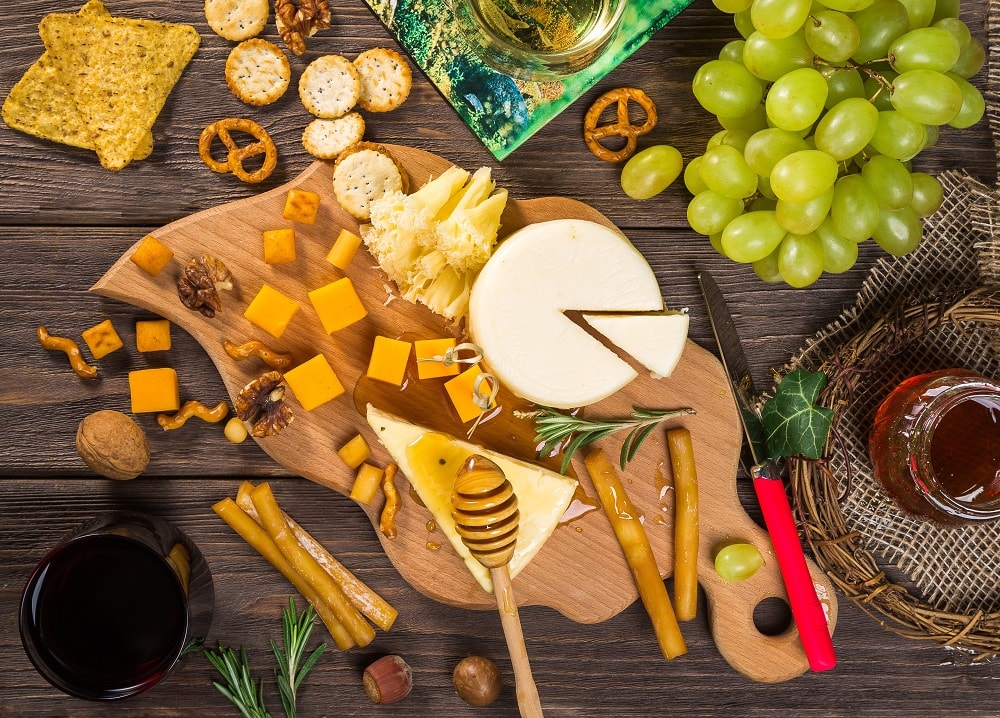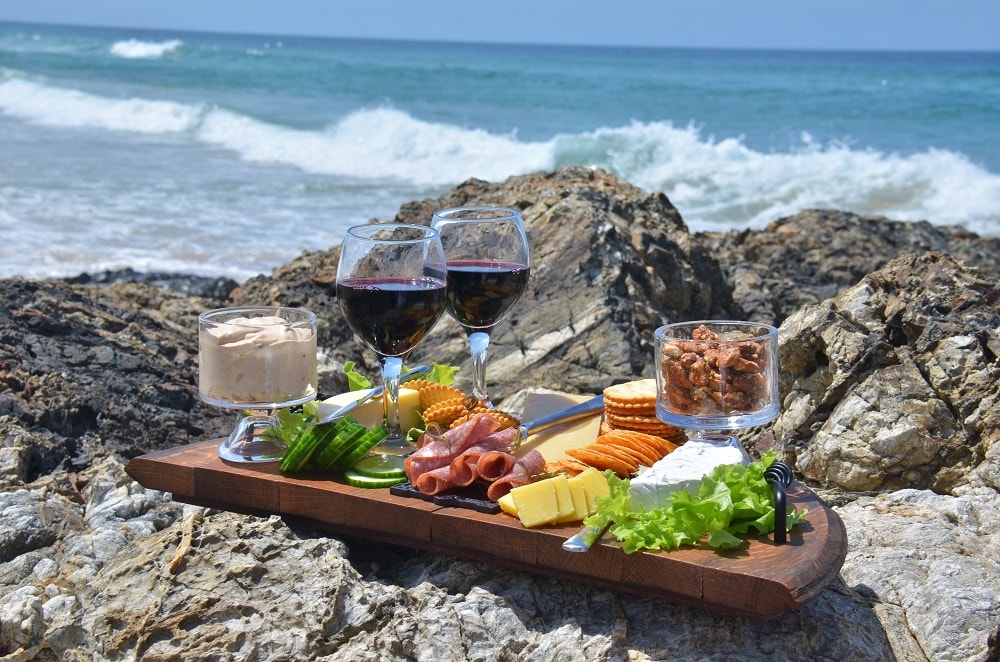Abbinamento vino-cibo – parte 2
Articolo tratto da milaewines.it by Mihaela Cojocaru
Sono in molti a provare a fare il perfetto abbinamento vino-cibo perdendo di vista gli aspetti della semplicità e del piacere di abbinare il vino al cibo.
leggi anche Abbinamento cibo-vino – parte 1
Quando mangi e/o bevi, il palato si abitua a certi sapori.
1- Pensiamo ad un esempio preciso: un dessert. La regola generale è che il vino dovrebbe essere più dolce del dessert.
Quindi quando assaggiamo il vino tu non riusciremo a distinguere la sua dolcezza. Lo zucchero sembrerà non esserci, il vino sembrerà perdere corpo ed essere più acido, se rosso il vino risulterà più tannico e astringente e forse più “caldo” ovvero alcolico. In poche parole vengono “valorizzate” le durezze.
Se assaggiamo un budino molto dolce e poi beviamo un vino dolce, vedremo che il vino non risulterà troppo dolce, bensì incredibilmente asciutto. Anche un vino da dessert avrà un gusto meno dolce quando si accompagna ad un dessert.
Dunque.. per una perfetta combinazione assicuriamoci di bere un vino che sia più dolce del dessert stesso.
2- Invece, il cibo che presenta un’acidità alta, pensiamo alla salsa di pomodoro o all’aceto nell’insalata, renderà l’acidità del vino meno apparente, ammorbidirà i tannini ed accentuerà il sapore fruttato e dolce nonchè la robustezza.
L’acidità aiuta nel caso di piatti grassi, infatti la “spalla acida del vino” rinfresca la bocca ripulendola dal grasso.
Una grande combinazione è bere il Sauvignon Blanc oppure lo Champagne con pesce e patatine; entrambi i vini hanno alta acidità mentre entrambi i cibi sono piuttosto grassi.
3- Quando mangiamo qualcosa di “salato”, perdiamo la percezione dei tannini, dell’acidità e del calore dell’alcol del vino. Il vino sembrerà più corposo, più dolce e più fruttato.
Molti amano i tannini, ma la maggior parte delle persone preferisce abbinare cibi che mascherano i tannini del vino piuttosto che aumentarne la percezione.
Il cibo salato spesso aiuta a percepire il gusto del vino meno tannico e meno astringente. Se state bevendo un vino troppo tannico per i vostri gusti, basteranno delle noccioline salate o qualcosa di simile … il sale avrò un effetto meraviglioso sui tannini.
da provare | to try
categorie negozio | shop categories
[wds id=”2″]








